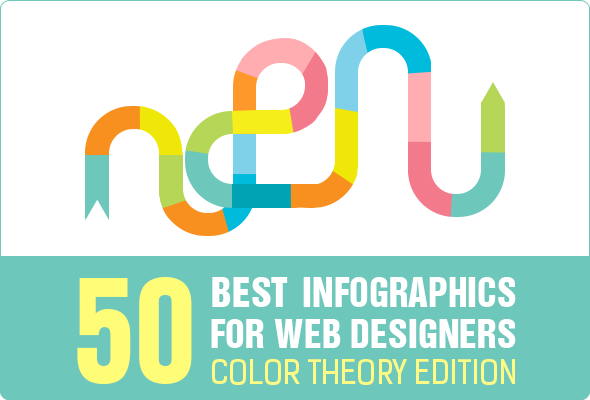The Advancement Of Website Design: Then And Currently
The Advancement Of Website Design: Then And Currently
Blog Article
Article By-Tobiasen Molina
In the past, sites were simple and focused on details. Navigating was straight, and style was for desktop computers. Now, individual experience is key. Data overviews designs for simple navigating. Receptive designs fit various devices. https://www.google.com/maps/place/Moon+and+Owl+Marketing/@32.9757271,-106.5344695,1840583m/data=!3m1!1e3!4m6!3m5!1s0x864ddeaa4179705b:0x488d41d2cc6b9750!8m2!3d32.9757271!4d-97.5696258!16s%2Fg%2F11b6mpccrg?entry=ttu&g_ep=EgoyMDI1MDIxMS4wIKXMDSoJLDEwMjExNDUzSAFQAw%3D%3D , dark setting lowers stress, and minimal food selections boost navigating. Interactive attributes engage customers, and bold visuals stand out. AI assimilation increases involvement. See exactly how layout has advanced to improve your on-line journey.
Early Days of Website Design
In the early days of web design, simplicity reigned supreme. Sites were standard, with minimal colors, typefaces, and formats. The emphasis was on giving information as opposed to fancy visuals. Customers accessed the internet with slow dial-up links, so speed and capability were vital.
fort worth seo expert were straightforward, typically located on top or side of the web page. Web sites were made for desktop, as mobile surfing had not been yet widespread. Web content was king, and designers prioritized easy readability over complex design components.
HTML was the primary coding language utilized, and developers had to function within its restraints. Animations and interactive features were very little contrasted to today's criteria. Sites were static, with little dynamic web content or tailored customer experiences.
Rise of User-Focused Style
With the advancement of website design, a change towards user-focused style concepts has become progressively famous. Today, producing sites that prioritize customer experience is important for engaging visitors and accomplishing company objectives. User-focused design involves recognizing the requirements, preferences, and actions of your target market to customize the internet site's design, web content, and includes appropriately.
Developers now conduct complete research study, such as user surveys and usability screening, to gather understandings and feedback straight from individuals. This data-driven strategy assists in developing intuitive navigation, clear calls-to-action, and aesthetically enticing user interfaces that resonate with site visitors. By putting the user at the center of the design procedure, web sites can deliver an extra tailored and enjoyable experience.
Receptive design has actually likewise become a vital aspect of user-focused design, making certain that web sites are optimized for different tools and screen dimensions. This flexibility improves ease of access and usability, catering to the diverse methods customers engage with websites today. In essence, the surge of user-focused layout represents a shift towards creating digital experiences that prioritize the needs and assumptions of the end customer.
Modern Trends in Web Design
Explore the current fads forming website design today. One popular trend is dark setting layout, offering a sleek and contemporary appearance while lowering eye strain in low-light settings. Another crucial pattern is minimalist navigating, streamlining menus and enhancing individual experience by concentrating on essential elements. Including micro-interactions, such as animated switches or scrolling impacts, can produce a much more appealing and interactive web site. Responsive style continues to be crucial, making certain seamless user experiences throughout numerous tools. In addition, using vibrant typography and unbalanced layouts can include aesthetic interest and draw attention to certain material.
Incorporating AI innovation, like chatbots for consumer assistance or customized referrals, improves customer engagement and enhances procedures. Access has likewise end up being a substantial pattern, with developers focusing on comprehensive layout techniques to satisfy varied individual needs. Accepting sustainability by maximizing internet site efficiency for speed and performance is an additional arising pattern in web design. Teaming up with user responses and information analytics to iterate and improve style continually is important for remaining relevant in the ever-evolving electronic landscape. By welcoming these modern-day fads, you can produce a visually appealing, user-friendly web site that resonates with your audience.
Final thought
As you review the advancement of website design from the early days to currently, you can see just how user-focused design has ended up being the driving force behind modern fads.
Accept the trip of change and adaptation in website design, constantly maintaining the individual experience at the leading edge.
Remain current with the current fads and modern technologies, and never ever stop advancing your technique to create aesthetically sensational and user-friendly sites.
Develop, adjust, and develop - the future of website design remains in your hands.
